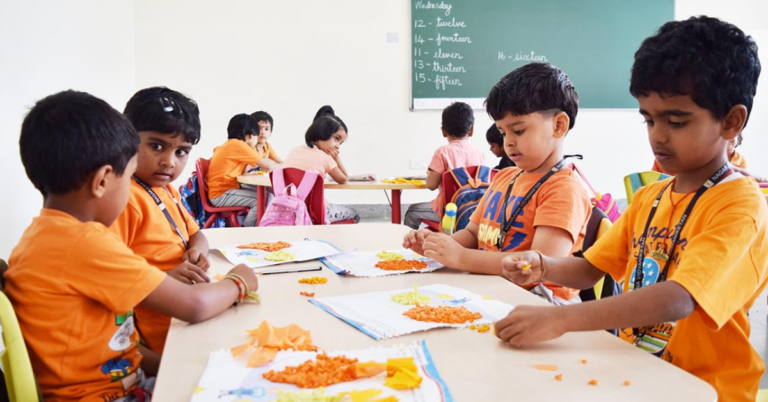Promoting Diversity in Children’s Literature: Representation Matters
Diversity in children’s literature plays a crucial role in shaping young minds and broadening their perspectives. When children see characters from different backgrounds, cultures, and experiences, they develop a better understanding and appreciation for the world around them. Exposure to diverse narratives fosters empathy, tolerance, and acceptance, helping children navigate a global society with respect and openness.
Moreover, representation in children’s books allows young readers to see themselves reflected in the stories they engage with. When children encounter characters who look like them, share similar experiences, or face comparable challenges, they feel validated and empowered. The presence of diverse characters in literature can boost self-esteem, cultural pride, and a sense of belonging, reinforcing the importance of inclusivity in shaping positive self-image and identity formation in children.
The Impact of Representation in Children’s Books
The representation of diverse characters in children’s books plays a crucial role in shaping how young readers perceive themselves and others. When children see characters who look like them, come from the same backgrounds or possess similar experiences, they are able to feel seen and valued, fostering a sense of belonging and affirmation. This kind of representation not only enriches the reading experience but also helps cultivate empathy, understanding, and acceptance towards different cultures, identities, and abilities among young readers.
Moreover, diverse representation in children’s literature contributes to breaking stereotypes and challenging societal norms. By featuring characters from various racial, ethnic, and cultural backgrounds, as well as characters with disabilities and different family structures, children’s books have the power to broaden perspectives and promote inclusivity. When children encounter a range of diverse characters and storylines, they are exposed to the richness of human diversity and are encouraged to embrace the uniqueness of themselves and others.
Challenges Faced in Promoting Diversity in Children’s Literature
Promoting diversity in children’s literature is a crucial endeavor that comes with its own set of challenges. One notable obstacle is the lack of representation in the publishing industry. This can limit the variety of perspectives and voices that are shared in children’s books, making it difficult to provide young readers with a broad range of experiences and stories.
Additionally, there can be resistance from some quarters to diversifying children’s literature. This resistance may stem from misconceptions or outdated beliefs about the importance of featuring characters from diverse backgrounds. Overcoming this resistance and ensuring that diverse voices are heard and celebrated in children’s literature requires a concerted effort from authors, publishers, and educators alike.
• Lack of representation in the publishing industry
• Resistance to diversifying children’s literature
• Overcoming misconceptions and outdated beliefs
• Need for concerted effort from authors, publishers, and educators
Why is diversity in children’s literature important?
Diversity in children’s literature is important because it allows all children to see themselves represented in the stories they read. It promotes empathy, understanding, and acceptance of different cultures, backgrounds, and identities.
What impact does representation in children’s books have on young readers?
Representation in children’s books can have a profound impact on young readers by helping them develop a positive self-image, fostering a sense of belonging, and promoting cultural awareness and sensitivity.
What are some challenges faced in promoting diversity in children’s literature?
Some challenges include lack of diverse authors and illustrators, limited market demand for diverse books, stereotypes and biases in publishing, and resistance from gatekeepers in the industry. Additionally, there may be a lack of resources or funding for diverse books.
How can we overcome the challenges in promoting diversity in children’s literature?
We can overcome these challenges by supporting diverse authors and illustrators, advocating for diverse representation in publishing, promoting diverse books in schools and libraries, and actively seeking out and sharing diverse stories with young readers. Collaboration and community support are key in promoting diversity in children’s literature.







